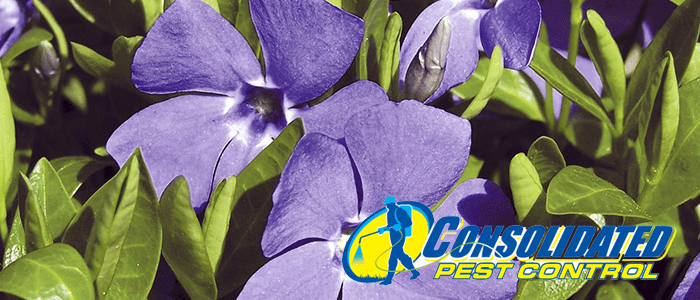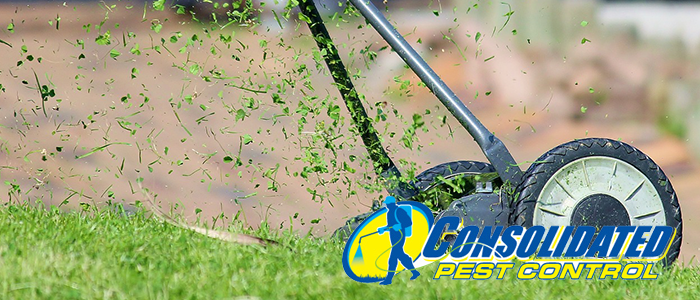
What are Sod Webworms?
Many of us are no stranger to brown patches in our lawns, but some of the causes are harder to spot with the naked eye. Harder still are the causes you don’t think of, like the moths that like to hover around your grass. Tired of losing out on the yard of the month award? You’ll want to know all you can about the culprit; the tropical sod webworm.
Autumn Season Pests
In the southeastern United States, the moths responsible for birthing the tropical sod webworm reach the peak of their activity in the early autumn, and in years with more rainfall than average, their numbers often flourish even sooner. But don’t think that the sight of moths is the start of your problem; by the time you see them, most of the damage will already have been done. The moths are only the last stage in the sod webworm’s life cycle.
Although they are actually caterpillars, the tropical sod webworm begins its life as one of many tiny white eggs laid along the lowest parts of your lawn’s blades of grass. These eggs will become more brown as they get older until they hatch, and the larvae will then grow in stages as other caterpillars typically do. Upon pupating, their cocoon can be seen in the upper thatches of turfgrasses, and emerge as dingy brown moths roughly three quarters of an inch in size.
Assessing the Damage
The moths themselves – which can be seen by walking across your lawn, particularly in shaded spots – aren’t responsible for the destruction of your lawn, but the caterpillars feed on grass at night when you can’t easily see them. If you look close enough at the edges of blades of grass, you can often find signs of chewing. The University of Florida describes the damage that the smallest of the larvae cause as barely noticeable, but as the caterpillars grow, they start chewing farther down.
As sod webworms infest your lawn, the small patches of brown will grow immensely. But what can you do?
If you suspect sod webworm caterpillars as being the source of the damage, try a soap flush. Using a mix of one tablespoon of lemon-scented dish detergent and a gallon of water, the caterpillars will be washed away from the affected area.
Keeping Your Lawn Green and Conclusion for Sod Webworms
While DIY pesticides and other options exist for treatment, it’s important that you use the right product to eradicate the webworms in any and all stages of development, but you don’t want to also eradicate the natural predators of the caterpillars.
The best way to stop webworms is to avoid inviting them onto your lawn in the first place. Investigate the cultivars of your grasses and find which are the most resistant to webworms if you’re laying down brand new sod. It also helps to keep your lawn properly mowed, fertilized, and irrigated.
Still got webworms? Our expert lawn and outdoor technicians are more than qualified to help with services for all kinds of lawn pests, as well as fertilizer treatments that help you keep your lawn looking great all year round.








